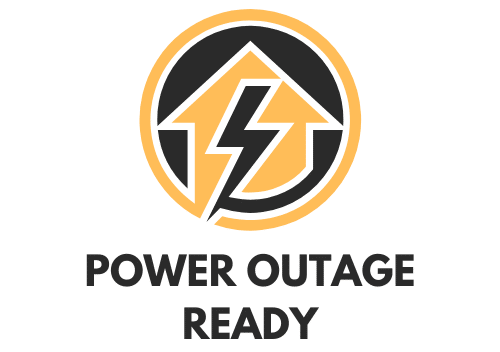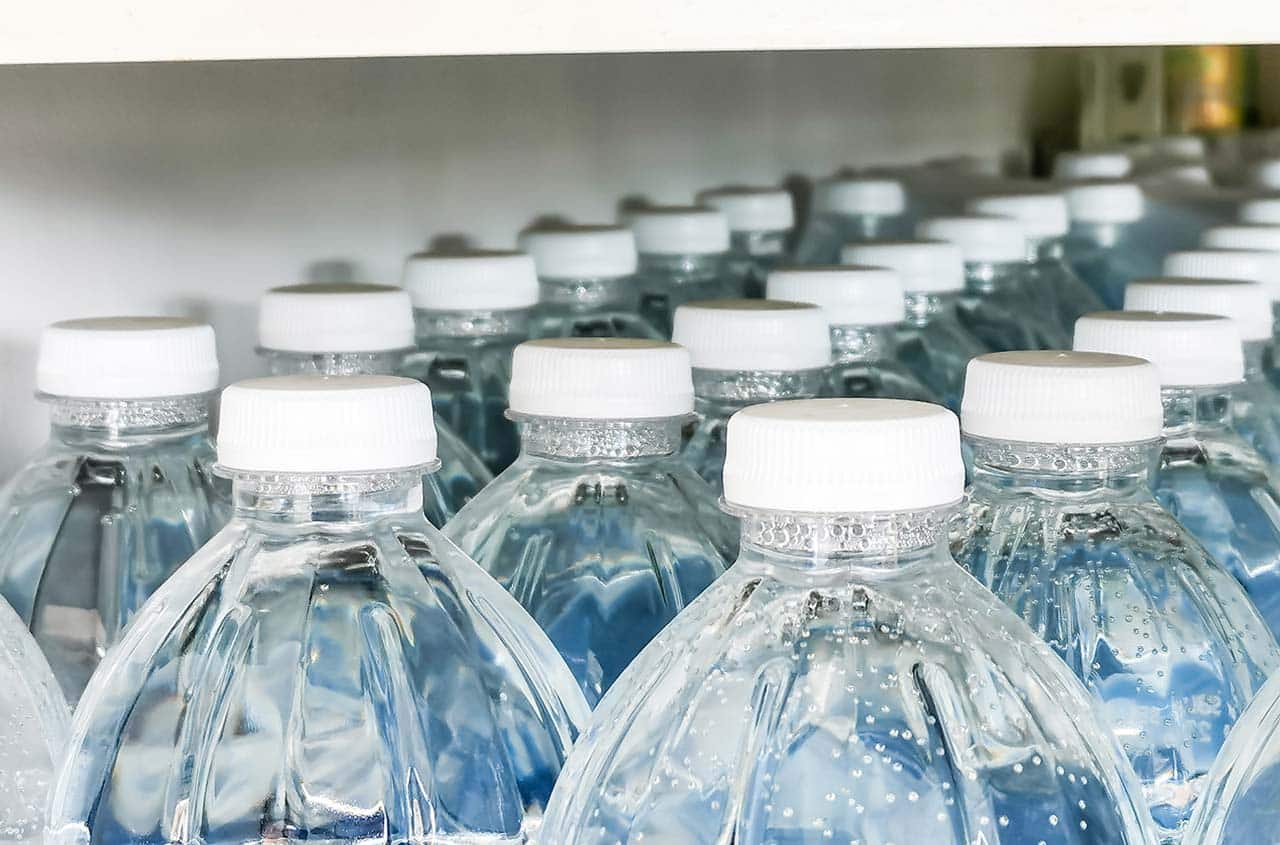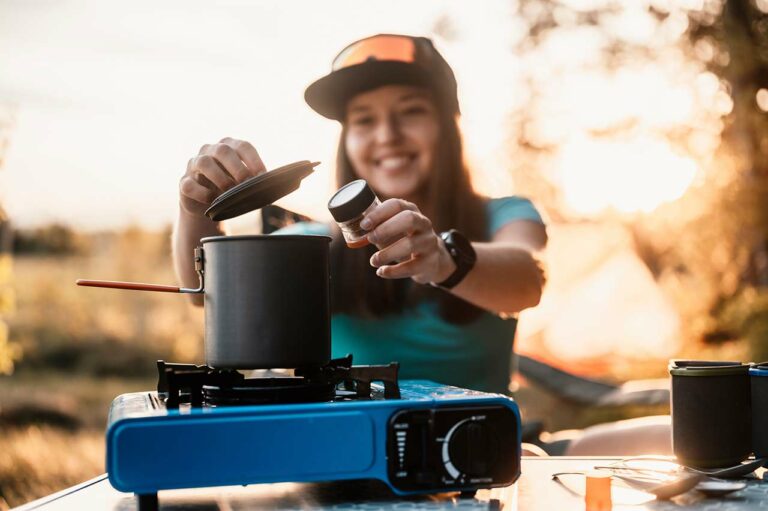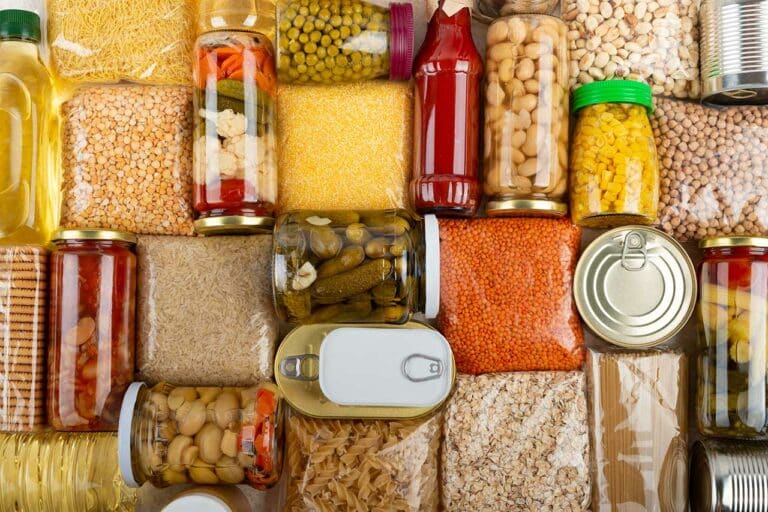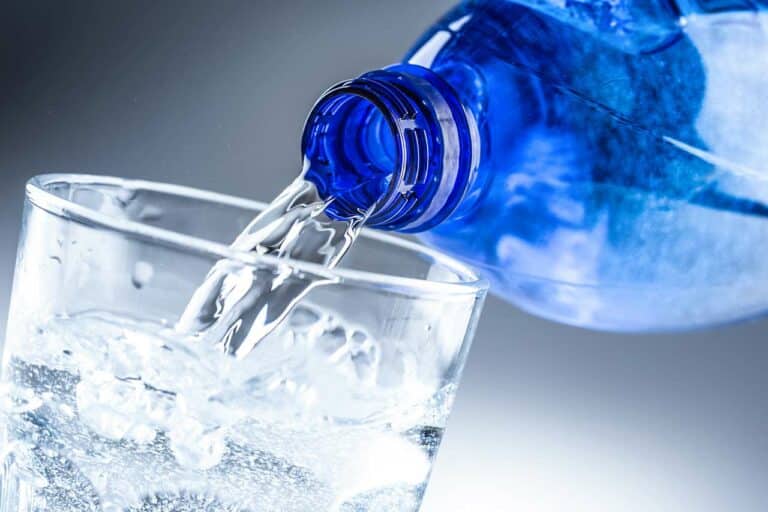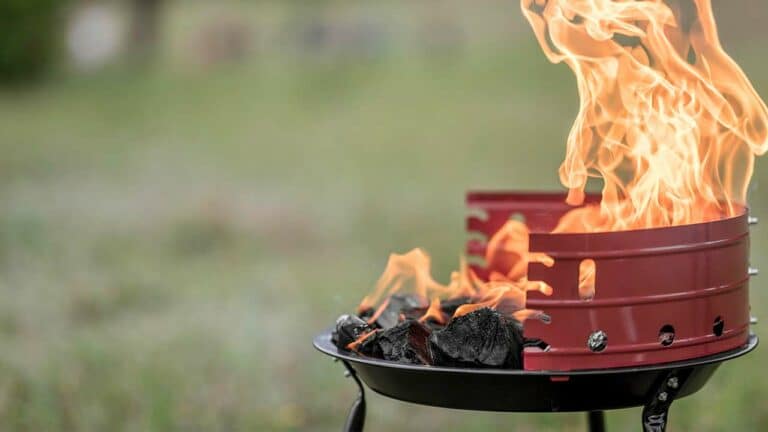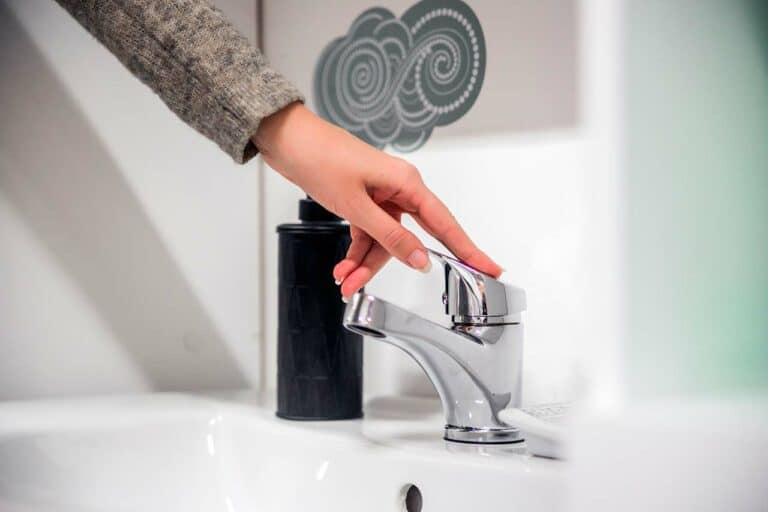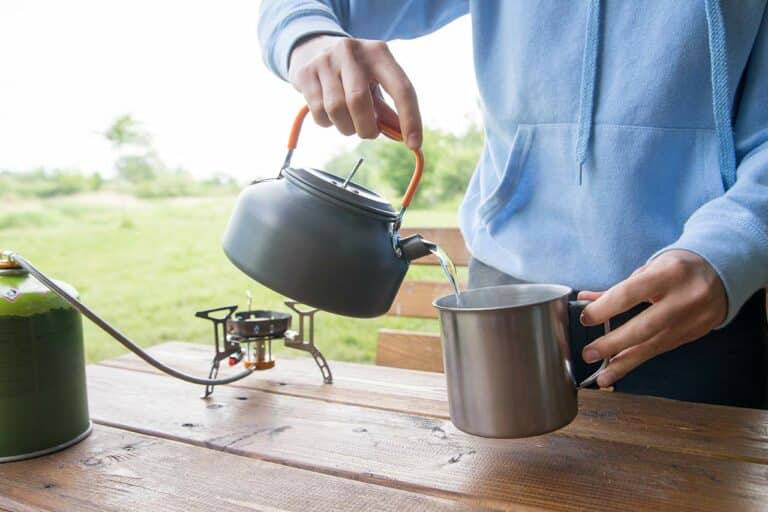Storing Fresh Drinking Water For A Power Outage (Emergency Tips)
When a power outage strikes, it’s essential to be prepared, and one crucial aspect of emergency preparedness is having a reliable supply of water. Losing power often means losing the ability to pump water into your home, at least if you have a well or live in a high-rise building. Having an adequate amount of stored water can make all the difference during such challenging times.
The key to successful water storage is knowing how much to store and how to store it safely. As a general rule, you’ll want to keep at least one gallon of drinkable water per person per day for a minimum of three days. Longer, if possible. This water will be used for drinking and hygiene, making it absolutely vital during a power outage.
Here we’ll discuss several ways you might store fresh water for a power outage, so it’s safe and ready to drink when you need it.
Essentials of Emergency Water Storage
First things first, when it comes to storing water for a power outage, you’ve got to know just how much water you’ll need. As a general rule, plan for at least one gallon of water per person per day. Don’t forget your pets.This amount should cover drinking, cooking, and minimal hygiene (like hand-washing and brushing teeth) during an emergency.
Ideally, an emergency supply of fresh, drinkable water is all you’ll need during a power outage.
Determining Water Supply Needs
To determine how much water to store, take a gallon per person and multiply that by the number of days you want your water supply to last. An easy example: If you’ve got a family of four and want to be ready for the FEMA-recommended three days, then you’ll need to store 12 gallons of water (4 people x 3 days = 12 gallons).
You’ll also want to store that water correctly.
Choosing Appropriate Water Storage Containers
Now that you know how much water you need, you’re going to need to figure out where to put it. You’ve got quite a few options when it comes to water storage containers, some of pre-made.
- Bottled water: The CDC recommends unopened, commercially bottled water as the safest, most reliable source for emergency water storage. Factory-sealed bottles can be safely consumed without treatment.
- Food-grade plastic containers: You can reuse cleaned plastic bottles (like soft drink containers) or purchase new food-grade plastic jugs, buckets, or drums. Make sure they haven’t held any toxic substances before, and they are free of contaminants before filling. They should also be solid-colored to prevent too much light from hitting the water.
- Glass, fiberglass, or enamel-lined metal containers: As long as they’ve never held toxic stuff, these materials can also be used for storing water. Just keep in mind that glass may be more fragile and heavy compared to other options.
Once you’ve selected your containers, give them a good wash and fill them up with clean water from a reliable source. In most instances, tap water will be fine. Seal the containers tightly and store them in a cool, dark place like a basement or garage. Keep an eye on expiration dates (if using bottled water) or rotate your supply of non-factory-sealed water every six months to keep water fresh and safe.
Safe Storing of Water
To ensure your water supply remains safe for use during a power outage or other emergency, you’ve got a few other options to consider:
Treatment Before Storage
Unopened, commercially bottled water is an ideal choice for emergencies, because it is pre-treated and subject to regulations. But if you don’t have those handy, there are other ways to treat your water, which may be necessary if water systems go down during an outage.
One common method of water treatment is to use bleach, specifically unscented chlorine bleach that contains 4-6% sodium hypochlorite. How much bleach to use depends on the chemical makeup of the bleach (the percentage) and how much water you’re treating. According to the EPA, if you’re using 6% bleach, you need 8 drops of bleach per gallon of water.
Another simple method of water disinfection is boiling, which may harder to do when the power is out. But, if you have an alternative cooking method, this is a better option that bleach.
Correct Storage Practices
Now that your water is gathered and treated, let’s get back to how to store that water the right way. Along with your food-grade, solid-color containers, you need an appropriate place to keep your fresh water supply.
Here are the keys to safely storing water:
- Temperature: Exposure to extreme temps, especially heat, will degrade water quality over time and increase the chance of bacterial growth. So, water should be stored in a cool place. Basements or root cellars are ideal choices.
- Dark: Sunlight, like heat, has a direct effect on water quality, and even the containers water is stored in. You can prevent this somewhat by using dark-colored containers, but water should still be stored in a place away from direct sunlight.
- Rotation: Although water doesn’t have an expiration date, it might develop an off taste over time. It’s a good idea to rotate your stored water every 6 months or when close to the expiration dates on bottled water.
Why No Clear Containers?
Clear containers let more light in, which can lead to algae growth and degrade the quality of drinking water. By using dark containers to store your water, you increase how long it can be stored.
Pro Tip: You can always paint the outside of clear containers with a dark color if you want to recycle them.
Storing Water for Everyday Needs
When a power outage strikes, the security of having access to clean, potable water cannot be overstated. Power outages, while often temporary, can significantly disrupt our daily lives, and systems we normally depend on.
By proactively planning and ensuring a sufficient supply of safely stored water, you are taking a pivotal step towards safeguarding the well-being of your family, pets, and yourself. Remember, it’s not just about having water; it’s about having safe and drinkable water. By following these guidelines, you’ll be well-equipped to face any power disruption with confidence and peace of mind. Stay prepared and stay hydrated!
